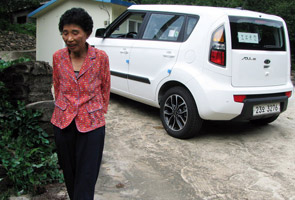
Growing up in the less worldly `80s , Tinkle was our guide to the world
Train journeys were eagerly awaited , so that we were closer to the A.H. Wheeler stalls, the mother-ship that held spanking new, crisp copies of the 20-odd page Tinkle. It was a ritual when I got my monthly copy of Tinkle, each story was savoured slowly, each panel scanned for the bits of grass at the bottom of the tree, the white clouds "w"-ed in the sky and the "v" birds in the distance. Tales from the Ramayana and the Mahabharata were brightly illustrated with the queens and apsaras adorned in transparent veils, and proud moustachioed kings. The evil guys were marked with an eye patch or a missing tooth. Like our childhoods, everything was perfect, nothing was grey.
Anant Pai, who started Tinkle in 1980, gave us the world for Rs 10. Uncle Anu's club, another series in the same comic, explained fundamental science, the one-pager with the quickwitted Nasrudin Hodja or Sup pandi with his large head and an infuriated "master" ordering him around was a fun read, and a conversation-starter for most of the under-ten crowd. Shikari Shambu was the portly, lazy hunter who barely moved an inch, yet managed to snare a runaway circus lion, thanks to some help from a plate of idlis (yes, it could get as random as that) -it was always fun.
My question never got printed, but I got an envelope, saying thank you for sending it across. I didn't mind. I had a letter from Uncle Pai and it meant the world to me. It always will.
sharon.fernandes@ expressindia.com













